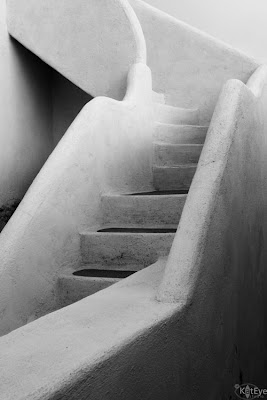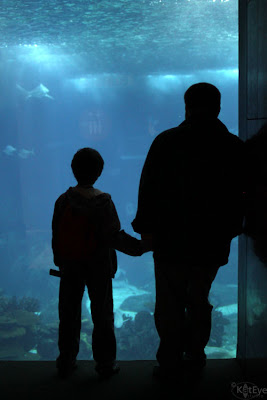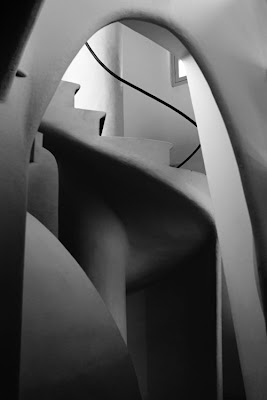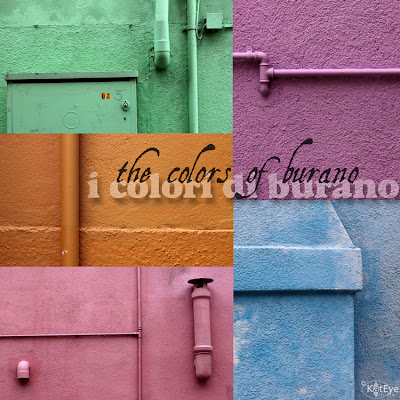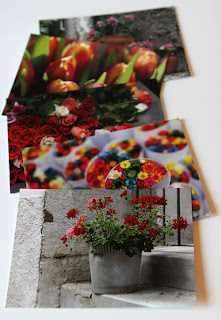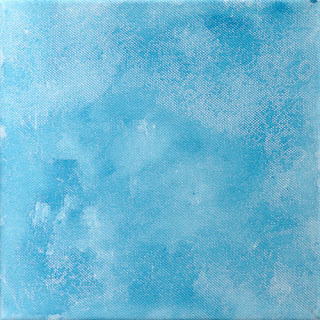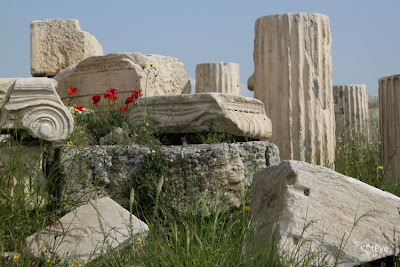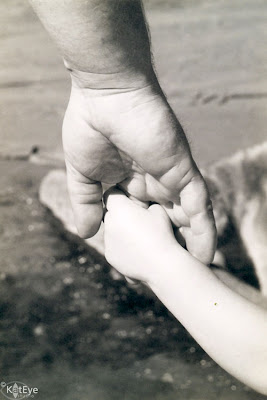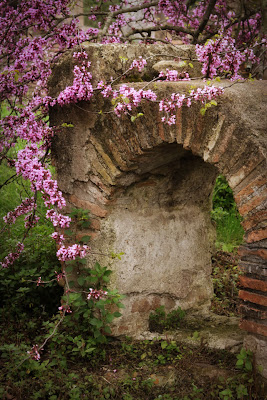Happy Exploring with a Camera Thursday! I’m so excited that for the next couple of weeks we will be Finding Form in our photographs. While I’ve been exploring form for a while, I didn’t become quite so focused on it until our recent trip to Greece. Today I will explain the idea of form and show you how I use it in my photographs. At the end of the post you will find the link tool to share your own photographs of form, or you can add them to the Exploring with a Camera Flickr pool.
What is Form?
It helps to explain form by contrasting it with shape. Shape is two dimensional, flat. Form is three dimensional, it has volume. In our photographs we can often find elements of both shape and form. In some cases, the object we are photographing really is flat, and has only shape. In most cases, however, the object we are photographing is really three dimensional, it has volume. We communicate those 3D forms in our 2D photographs through the angle and lighting we choose to capture.
Before diving into examples of form, I’ll show you an example photograph of shape, absent of form. A silhouette is a shape, it has no volume. In the photo below, you can tell that these are people, but you don’t get much indication of the form by the silhouette, only the shape. Contrast that with the lead-in photo of the stairway on Santorini island, in Greece. In the stairway photo, there is dimension and movement. You move through the stairway and can see and feel its dimension – that’s form.
Indirect Light
Indirect light is softer, more gentle; It emphasizes the curves. I love indirect light for the gradations it provides, which serve to show volume. The indirect light on this Canova sculpture in the Louvre is marvelous for capturing the details of the form. Can you imagine this sculpture with a strong front or back light? The depth would be gone.
I have completely fallen in love with sculpture as an art, I think because it is pure form. Photography and sculpture have an amazing amount in common – both are about expressing light on a volume. The significant difference is that sculptors create the form from nothing while photographers capture the form that exists. Aren’t we lucky that those of us who aren’t going to carve marble have a way to communicate form? I think so!
Here’s another example of form, expressed through light on a sculpture. You saw this image of a Rodin sculpture several weeks ago when we explored rim light, but the form is definitely captured by the indirect lighting from both sides.
When there is strong color contrast, however, form can recede to a secondary element in the photograph. This image from Burano has a strong element of form, however the strongest design element of the image is color because of the contrast of the bright primary colors. Form takes a supporting role here.
FYI – Links will be moderated. Please ensure that your linked image is on topic, and include a short explanation of how it relates to the current theme. Link back to this site through the Exploring with a Camera button (available here) or a text link. Thanks!
